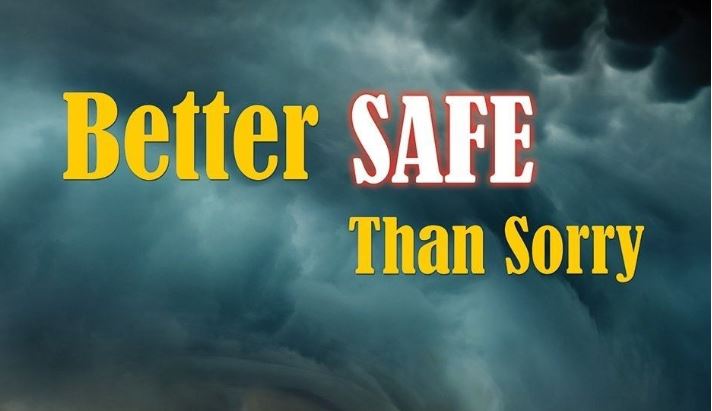
September is National Preparedness Month!

Take action this September by not only joining the conversation about National Preparedness Month – but ensuring that your workers are ready to stay safe!
Destructive flooding, hurricanes and wildfires remind the entire nation of the importance of preparing for disasters and what happens when you fail to be ready.
If an emergency occurred, how would you protect the most important people in your life – and your business? Ready.gov promotes National Preparedness Month to encourage everyone to be ready to take action and lead family, co-workers or neighbors to safety. Disasters don’t plan ahead… but you can!
Disasters Happen – Be Prepared to Stay Safe!
Businesses, communities, families and homeowners can use this opportunity to find ways to help others understand more about preparing for disasters and reducing risks to health and the environment. Being ready for emergencies can reduce the risks from contamination, leaks, spills, hazardous materials and other dangers.
This National Preparedness Month, recognize the importance of planning ahead – not just for your safety – but those around you.
Every minute counts during a disaster – plan now so you’re prepared with these 5 simple steps:
- Sign up for local alerts and warnings, download apps, and/or check access for wireless emergency alerts – Always share all the emergency preparedness information you receive with your workforce. In most cases, human resources will send out an email to all employees to ensure they’re notified.
- Create and test emergency communications plans – Now is the ideal time to ensure that everyone in your workplace knows what to do during an evacuation emergency. Run a standard emergency drill to a safe room and a fire alarm drill – or any other drills suitable for your facility to ensure everyone clearly understands what to do during an emergency.
- Assemble or update emergency supplies – Waiting until the last minute to stock up on supplies is not a good idea. Be prepared with first aid kits, extra batteries, food, and plenty of water. Check with your local government to get a free list of recommended
- Participate in preparedness training or classes – If you can, now is the time to offer preparedness training in the workplace. Ensure you have enough first aid and CPR trained workers to assist when needed.
- Make property improvements to reduce potential injury and property damage – Keep workers safe by making any necessary improvements now. The idea is to make your facility a safe place and putting off requirement improvements could result in added damage and an extra expense.
Being ready for emergencies is key to safety. Encourage your workers to be prepared.

